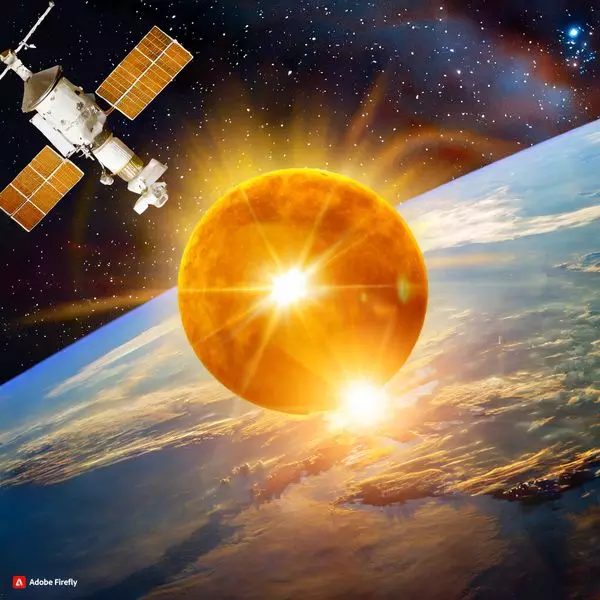Scientists at the Indian Institute of Science Education and Research (IISER), Kolkata, have indicated that the current solar cycle is anticipated to reach its peak intensity in 2024, with potential implications for Earth’s space weather. Typically occurring every 11 years, the heightened solar activity during peak cycles can result in disruptive space weather events, including solar magnetic storms and coronal mass ejections that impact satellites and telecommunications.
Impact on Satellites and Telecommunications:
“During intense solar storms, the Earth’s upper atmosphere expands outward, causing friction on low-Earth satellites. This friction can lead to a decay in satellite orbits, reducing their lifespan and limiting their time in space,” explained Dibyendu Nandy, the study’s corresponding author and Professor of Physics at IISER, Kolkata.
The most severe solar storms have the potential to inflict serious damage on orbiting satellites, electric power grids, and telecommunications infrastructure when directed at Earth.
New Insights for Predicting Solar Cycles:
In their study published in the Monthly Notices of the Royal Astronomical Society Letters, researchers at IISER Kolkata unveiled a new relationship for predicting solar cycle peaks. Leveraging decades-old data from global solar observatories, the team linked the ongoing solar cycle 25 to the Sun’s magnetism activity, manifested through the sunspots cycle and the recycling of the large-scale solar dipole magnetic field.
Sunspots, akin to dark spots on the Sun’s surface, possess magnetism about 10,000 times stronger than Earth’s magnetic field. The researchers found that the Sun’s dipole magnetic field, analogous to Earth’s but on a larger scale, fluctuates in strength, flipping its polarity periodically in sync with the ongoing sunspot cycle.
Connecting Solar Magnetic Field Components:
The rate of decrease in the Sun’s dipole magnetic field was found to be correlated with the rate of rise in the ongoing solar cycle, according to the researchers. This discovery aligns with Swiss astronomer Max Waldmeier’s 1935 observation that quicker solar cycle rises indicate stronger cycles, a phenomenon known as the Waldmeier effect.
The findings suggest that the evolution of sunspots is integral to the solar dynamo process rather than being a mere symptom of it, opening new possibilities for forecasting the timing of solar cycle peaks and anticipating heightened space weather disturbances.
These insights contribute to our understanding of solar dynamics and offer a potential framework for predicting space weather events crucial for satellite operations and telecommunications infrastructure on Earth.












